What Wood Should You Use for a Wood Slat Wall? 3 Things to Know
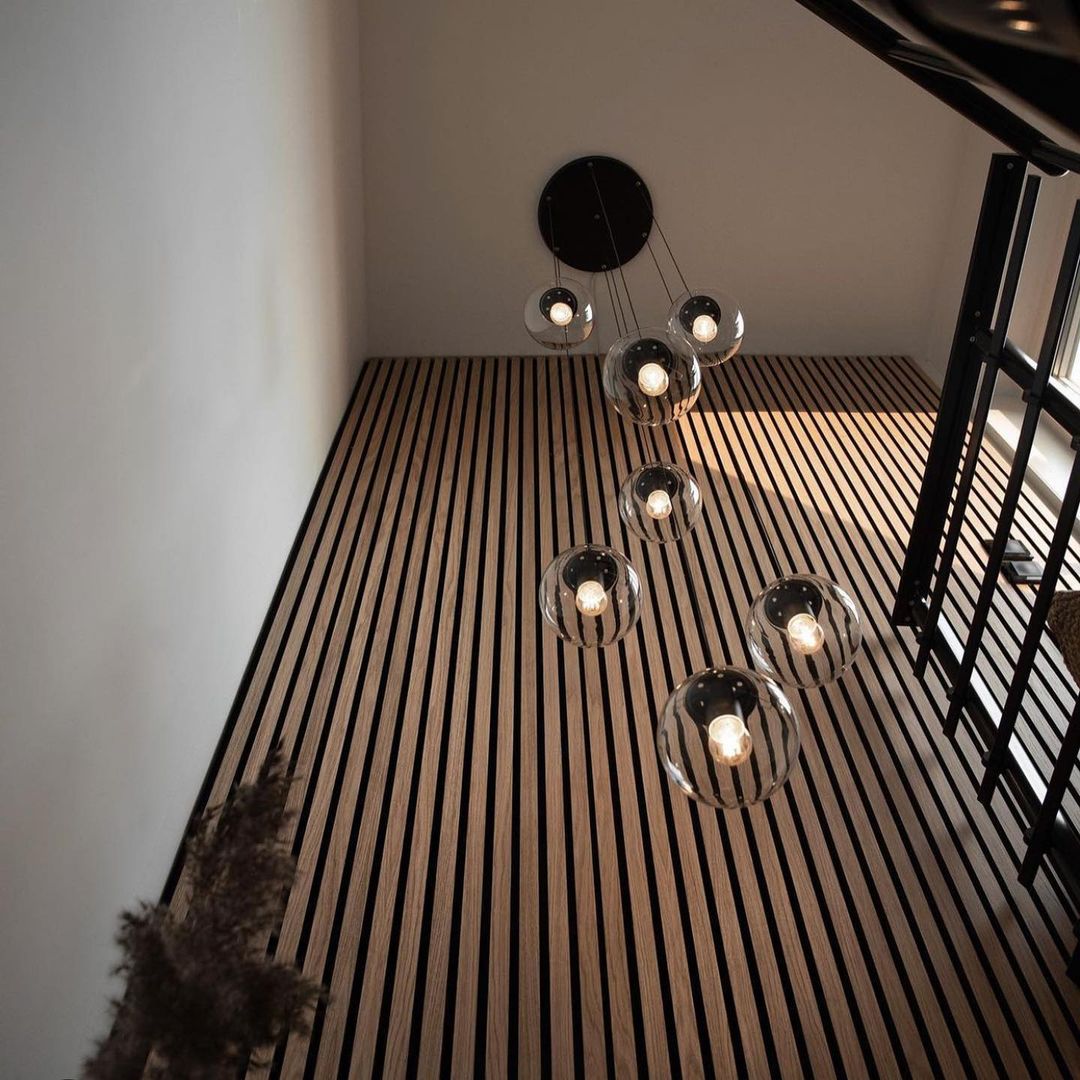
Wood slat walls are a jaw-dropping addition to any space, but there’s a lot of factors that will make up that “wow” factor when all is said and done. From materials, to installation, to maintenance, you’ll want to plan your project carefully to maximize its impact (and its ROI).
One question we hear a lot is, “what wood should I use for my wood slat wall?” Well, when it comes to choosing a wood finish for an accent or feature wall, there’s a couple different factors to take into consideration, which we’ll cover here.
1. Cost
Yup, better get it out of the way. If you’re going to be using solid wood to build a wood slat wall from scratch, the wood you purchase will have a huge effect on the cost of the project.
Cheapest: Plywood or Pine
Some DIYers will opt for plywood and rip it into slats using a table saw, while others will go for pine that can sometimes be purchased in thinner slats from a local timber shop or home improvement store. Either option will be the most affordable when it comes to purchasing the raw materials yourself.
Benefits:
- Easy to work with
- Budget-friendly
- Can be painted easily

Source: lovecreatecelebrate.com
Cons:
- Soft wood doesn’t stain very well, and will require a conditioner
- Uninspiring grain texture
- Pine is soft, will dent and/or scratch easily

Source: withinthegrove.com
Pine is typically quite knotty, which will add more of a rustic, cabin or "ski chalet" vibe. This can be great if you're planning to add wood slats to a cabin or a rustic home, but may detract from the aesthetic if you're aiming for a more modern design.
Plywood has a very uninspiring grain pattern and rough edges, but can be a great option if you're planning to paint your wood slats, or creating a black wood slat accent wall.
Middle of the Road: Pre-made wood slat wall panels
If you’re not keen to spend the next few weekends crafting each individual slat from scratch, pre-made wood slat wall panels may be perfect for you.

Source: andorwillow.com
Each wood slat wall panel has a hardwood veneer finish made from oak or walnut, with an MDF core that’s engineered for easy installation and structural consistency. Having just the hardwood on the surface keeps them at a reasonable price, without sacrificing the undeniable beauty of the higher-end wood grain patterns.
Premium: Solid Hardwood Slats
Walnut and white oak are the most iconic wood textures (especially when it comes to wooden wall panelling), but more affordable options like ash or maple can also work well.
The grain and warm color of American Black Walnut is reminiscent of the iconic mid-century design era, while white oak has become a defining element in Scandinavian and Japanese interior design.
Use some of the tips below to choose what’s right for you, but just know that there’s a reason these wood textures are so exclusive: the price.
Both walnut and oak are hardwoods, meaning the trees they come from have a higher density and take longer to grow. This density makes them extra durable (and extra beautiful) but their slower growth rate makes them more expensive. It’s a trade off, but depending on your budget and the scope of your project, solid walnut slats can create breathtaking effects.
If you're going for mid-century modern, walnut is almost always the best choice. Especially once it's stained and finished, walnut will make you feel like you're living in your very own Case Study House.
Lighter woods like white oak, ash, or even maple are great for those aiming for something more airy and minimalistic. These lighter woods pair well with white accents and natural light.
Lastly, if you're going for a more boho organic design style, warmer woods like red oak, brown oak, or cedar are great choices as they have a warm, naturalistic look once finished.

Last tip with these gorgeous hardwoods is to hire a professional if you’re not a seasoned DIYer. The hardness of the wood can make it difficult to work with, and with the price you'll be paying for each slat, you won’t want to be making any mistakes. If you’re unsure, hire a woodworker or millworker to get it done right.
2. Existing Decor
Identifying the style of your existing decor is crucial in selecting the right wood for your wood slat accent wall. You’ll want to take stock of the rest of the room and the materials that are filling it. What material is your flooring, your furniture, light fixtures? What colour is the paint on the walls, the ceiling? All important things to take note of.
If your walls are painted darker, lighter wood choices like ash or oak fluted panels are perfect for adding a lighter touch to the space without feeling forced. In contrast (literally), white walls pair perfectly with smoked oak or walnut wood slats, as the wood pops off the wall and draws the eye upward into the space.
Lastly, what woods do you have in the space currently that you want to keep? Table and chair legs, sofa legs, TV stands and coffee tables may all have wood elements to them. Even if they’re small, matching those elements to your new feature wall will undoubtedly create some fantastic cohesion, so it doesn’t hurt to take note of these factors when selecting your wood slat materials.
3. The Style You’re Going For
There’s a million different interior design styles, and another million that are just combinations of those. The good news is that wood-panelled feature walls provide a timeless backdrop to endless aesthetics, so you can fit your evolving style around it for years to come.
For now, just focus on the overall feeling you want the space to exude.
If you’re picturing a space that’s light and whimsical, lighter woods like pine and white oak, usually with a clear lacquer, will do perfectly. Styles like Contemporary, Scandinavian, Japandi, Chic and others can all be styled around a wood slat accent wall in a light wood like pine, bamboo, or white oak.
If you see the space feeling mature and elegant, you might want to reach for a darker hardwood like walnut, red oak, or teak. A wood slat accent wall or ceiling using these materials will perfectly suit any style from Mid-Century Modern, to Rustic Chic, to Nordic.
So, which wood species is best for your wood slat accent wall project?
Pine: You're going for a farmhouse or cabin aesthetic, and you don't mind a more knotty, rustic wood look. You're also looking to save on cost, so pine is a perfect economically-friendly option.
Ash or Maple: You want the premium look and feel of hardwood, without spending too much on materials. Due to their density, maple and ash are known to take stain well and still be relatively easy to work with. Their light color-tone blends well with Scandinavian design elements if treated with a clear-coat wood lacquer.
Red or White Oak: Red and White Oak may sound similar, but they're actually quite different in terms of grain patterns and color tones. Red Oak, as the name suggests, has more of a pink undertone, while White Oak often has more of a very light brown undertone, making it a popular choice for flooring and wood-panelled accent walls. Red oak is usually more affordable, but its dramatic grain pattern can be jarring when it's used for larger projects and after it's been stained.
Walnut: Walnut is a popular choice for wood slat accent wall projects due to its rich history and ties to many 20th-century design icons. For example, the legendary Eames House, Case Study House 8 has a few walnut wood accent walls woven into its floorplan and the exclusive, nostalgic feeling of walnut wood accents make them an attractive choice.
As with many things in life, walnut is beautiful and exclusive, and therefore expensive. That being said, using pre-fabricated wood veneer panels (just as Charles and Ray Eames did) can help you incorporate this gorgeous wood species into your home, without breaking the bank.
4. Have Fun
Remember, this whole process should be enjoyable. Try not to stress too much about these things, even if it's a bigger project and you’re nervous about it turning out Pinterest-perfect. If you’re reading this blog, you’re probably putting in more planning effort than most, and that alone will take you very, very far. Now, pick those materials and get your project underway!
And if you want something that will guarantee the perfect wood slat wall, every time, give us a call.
Interested in learning more about accent walls? We've written a variety of accent wall articles for you to enjoy:
1. Creative Ideas for Your Very Own Kitchen Accent Wall
2. Elegant Accent Wall Ideas to Elevate Your Bathroom Walls
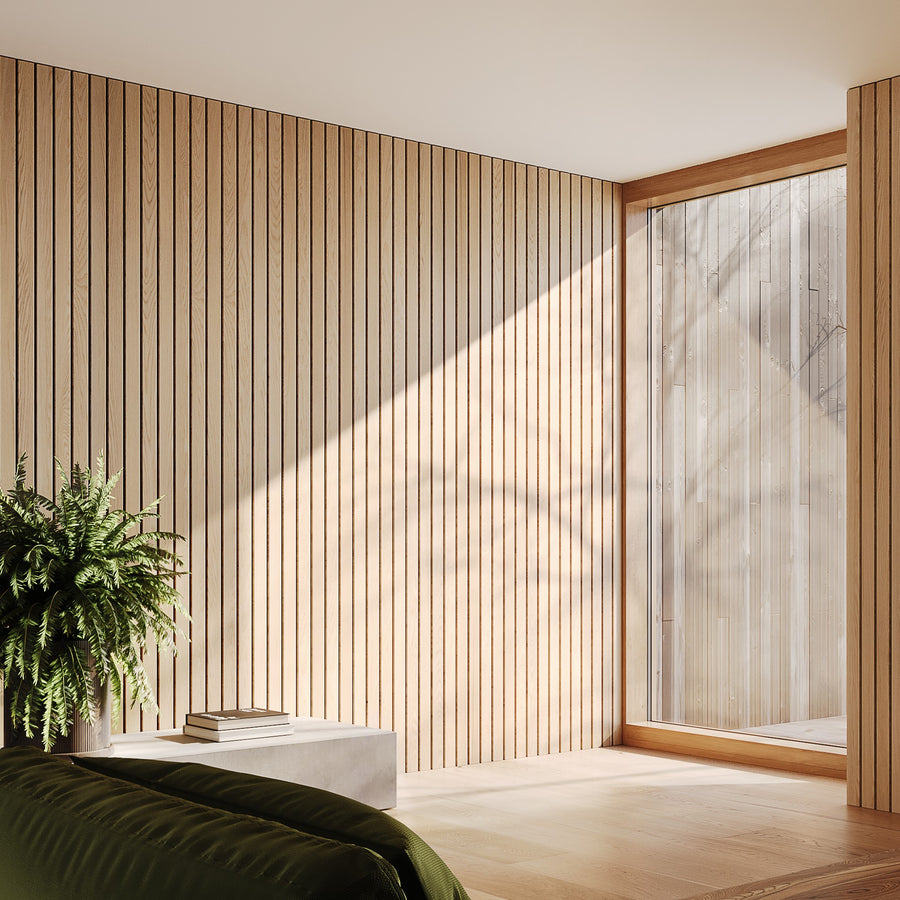
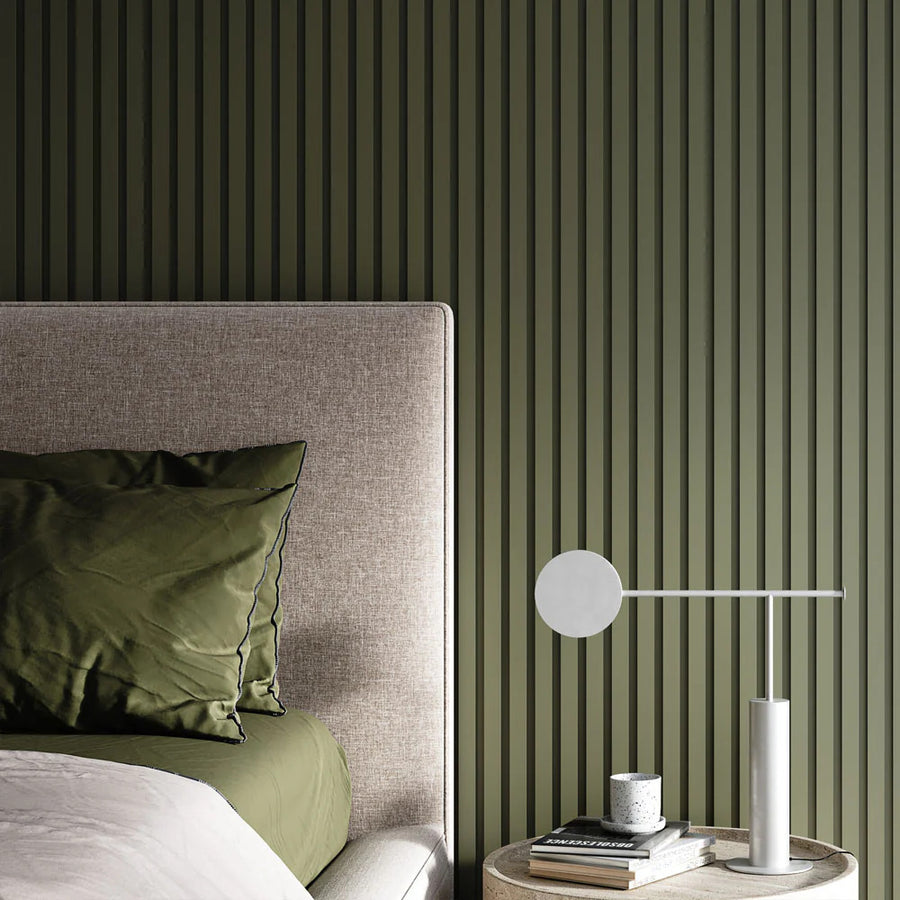
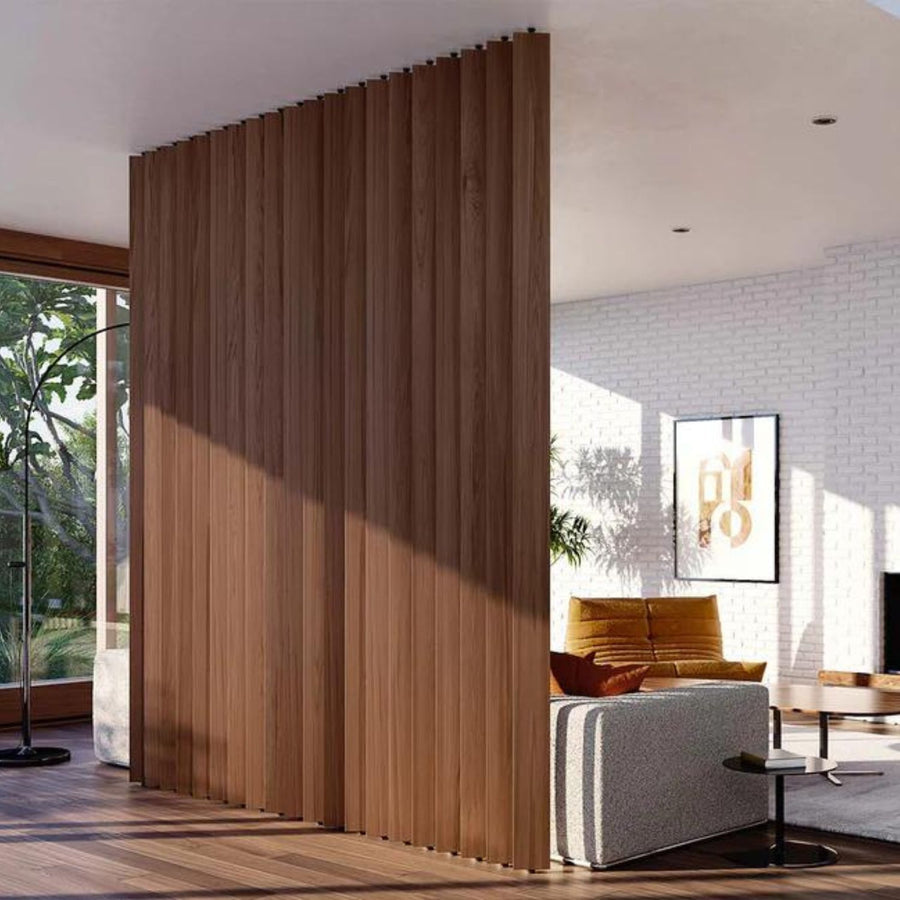

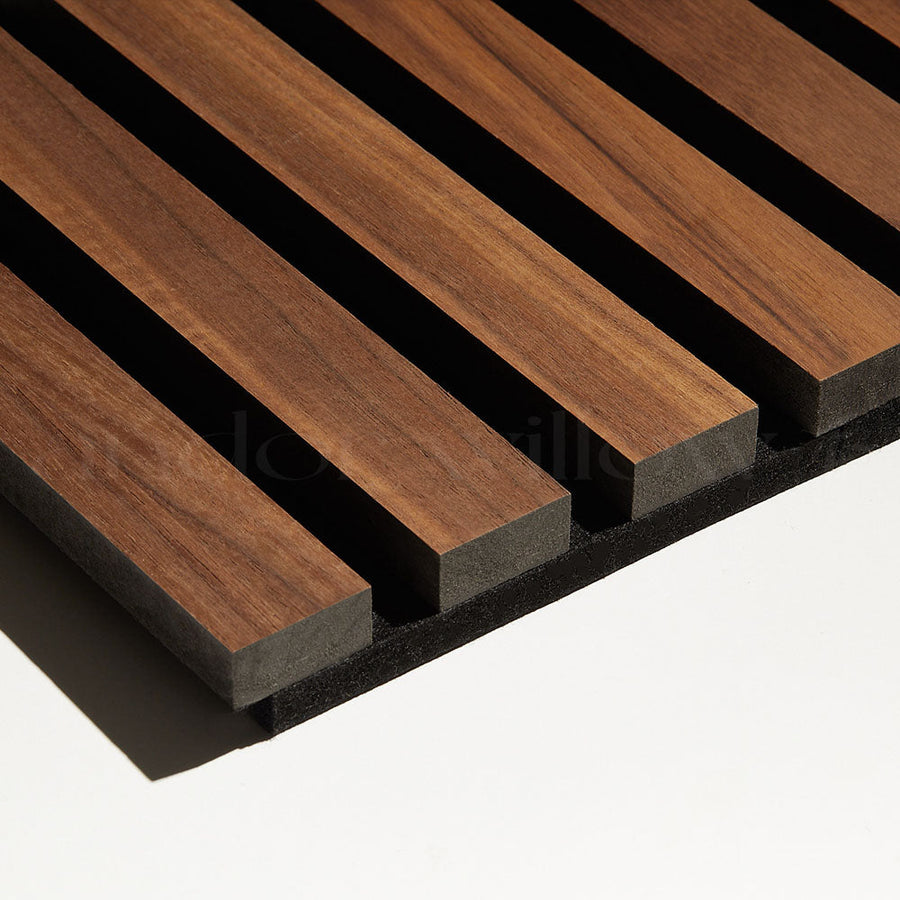
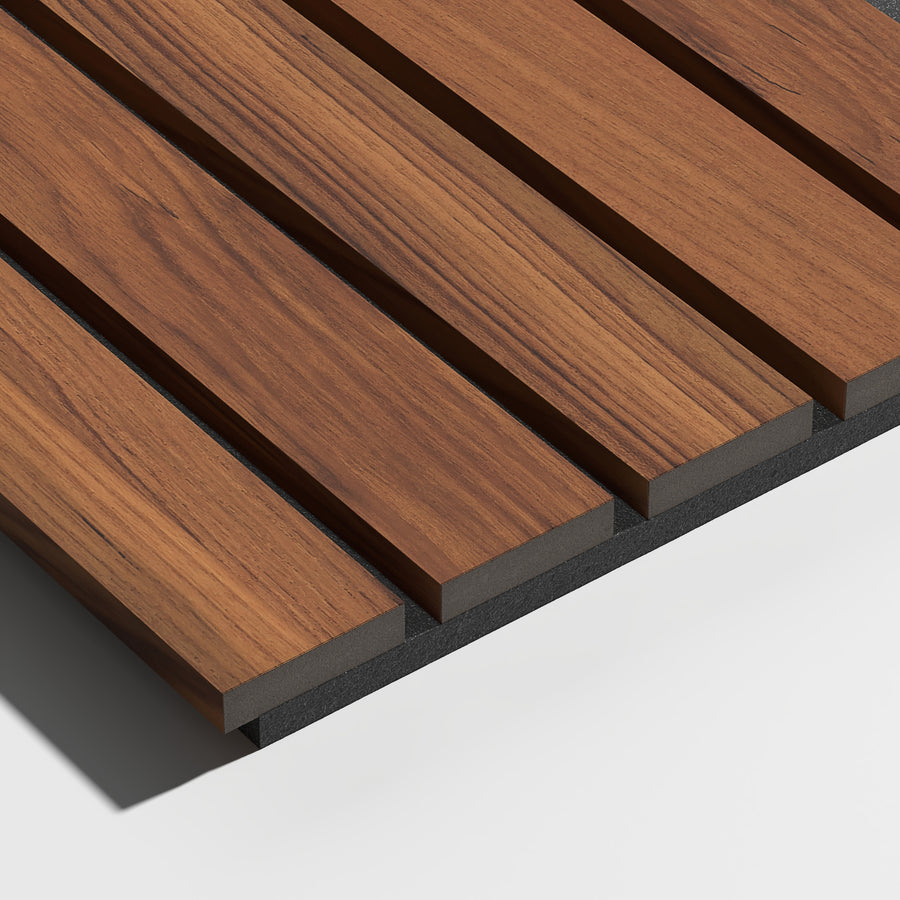


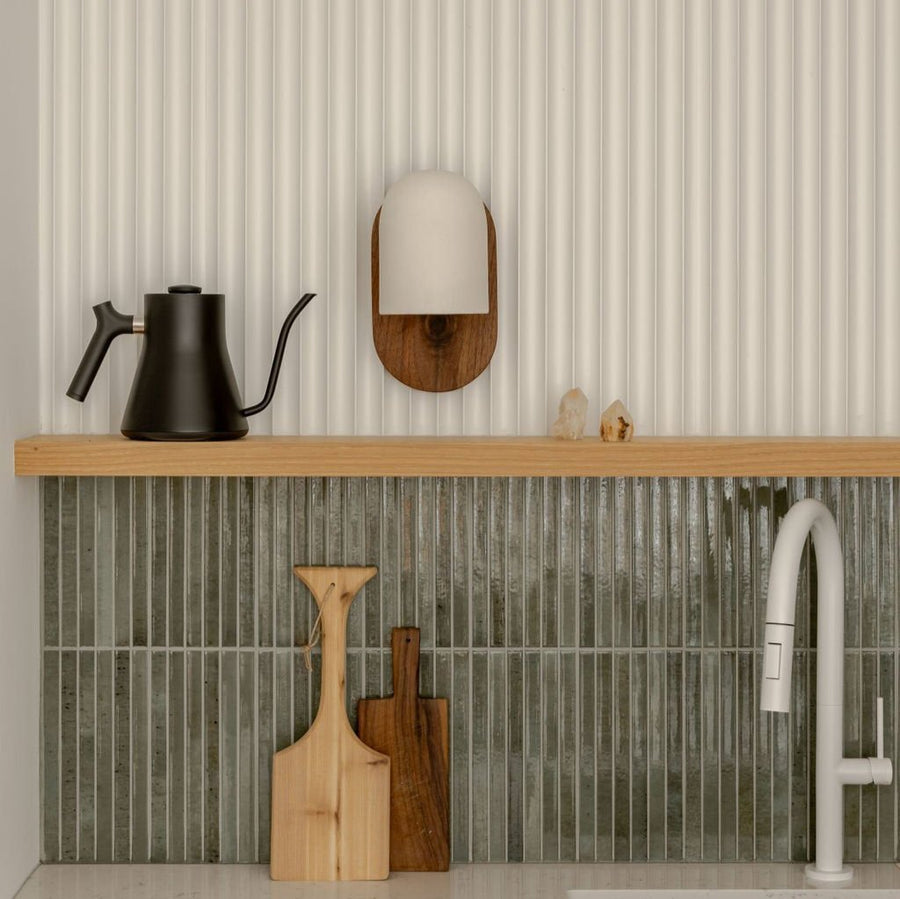
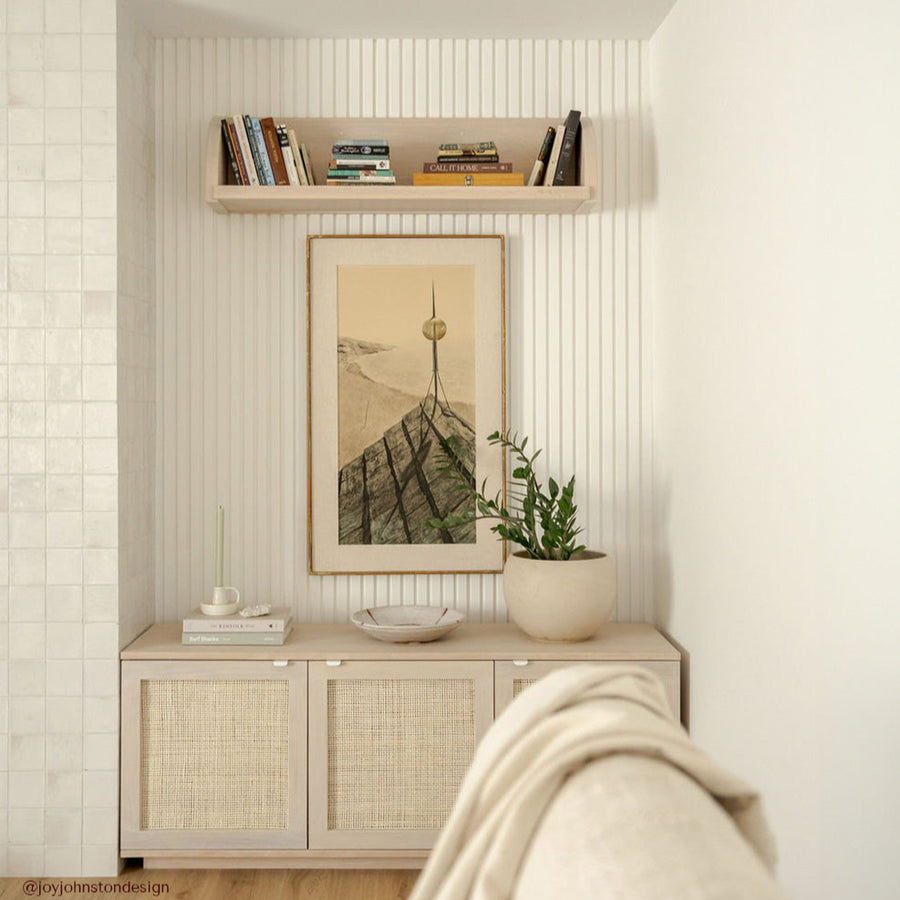

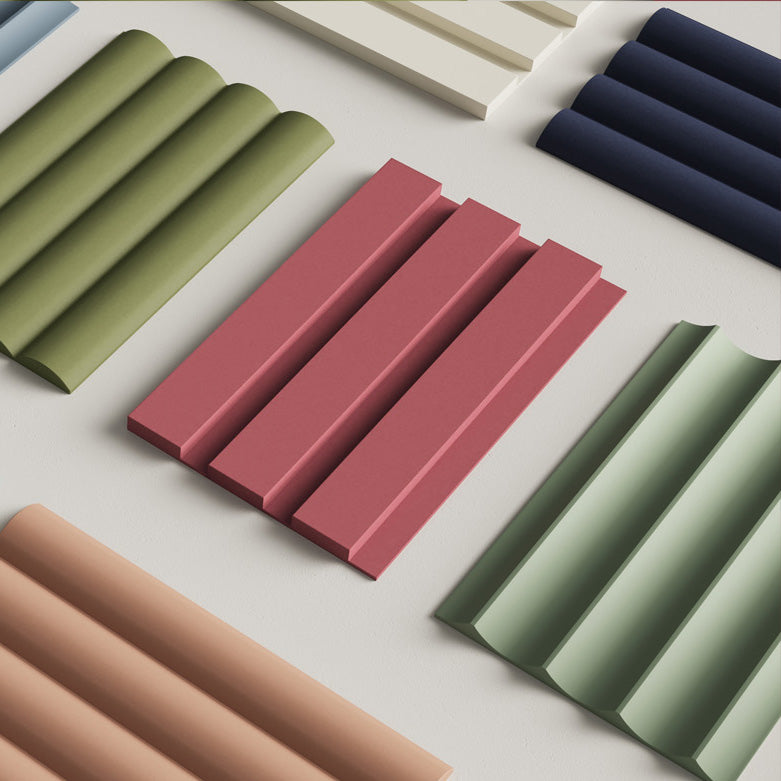











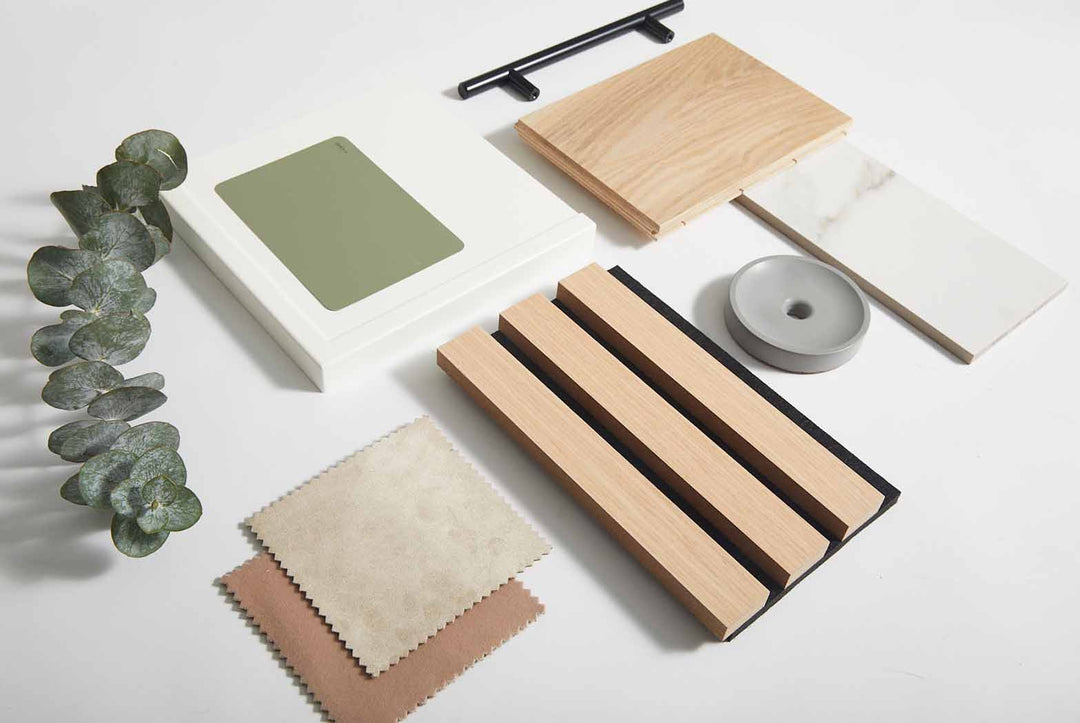
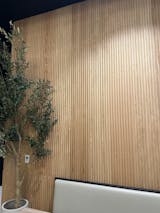
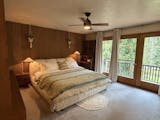










Leave a comment